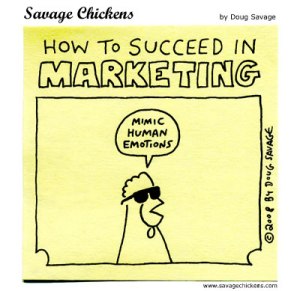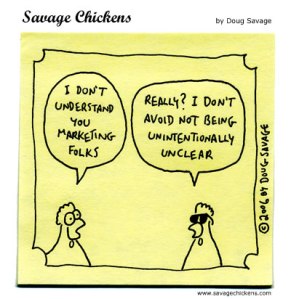Ever been told not to judge a book by it’s cover?
Well, it’s time to do otherwise! For a case of e-marketing, this cliched saying works against it because packaging is now all the rage. Marketing is all about the presentation of one’s outer cover and about making sure this focal point does not only sell but also rake in profit (as is the same for e-marketing). Unlike for brick and mortar stores where one is able to pinch and feel for themselves, businesses online rely heavily on e-marketing to convince interested customers to purchase their products. It’s a “what you see, you hope to get” scenario.
The evolution of e-commerce and e-business practices has created online marketing channels that are simple to use, adaptable, targeted and incredibly fast. The popularity of the internet has propelled the use of online marketing channels from “nice to have” to non-negotiable. So how exactly do you make it work for you?

The foundation to any online marketing campaign is a Search Marketing strategy that comprises of paid search marketing (Pay Per Click – PPC) and organic search marketing (Search Engine Optimisation – SEO). With SEO and PPC it is relatively easy to ensure success if you follow the following tips given by Vinny Lingham (successful e-business entrepreneur and thought leader):
1. Choose keywords wisely – You should pay attention to what your competitors are bidding on and develop your key-phrases accordingly. Do not opt for one word, or broad phrases on your SEO campaign. This method may be more effective with the PPC campaign, but your per click costs could be high. Be specific, it helps.
2. Content relevancy is key – For both SEO and PPC, if a user clicks through on a search result page from a query, the content that is displayed must be relevant to that query. If not, you will lose a potential client and money as they will click away from the site.
3. Clear navigation – Your site should be easy to use. Do not make your users think about their next action, have it clearly visible to them.
4. Call to Actions – Make your call to actions clearly visible and identify them for the visitors. If your primary goal is to sell a product, your call to action should be “buy this product now” or similar.

Besides taking heed of Vinny’s advice, due attention should also be given to these four more additional pillars to further maximize your chances of success at e-marketing.
1. Good website design – It’s not just about making things look pretty. Business objectives need to drive the design of a website or landing page. There has to be careful consideration of what information is present where, and how it is presented. Good web design can place focus of the user better, but its primary role is to answer the immediate questions, and get them where they and you both want them to go.
2. Good website coding – You could make the navigation images into text links and make them look identical with HTML. Then, optimize the navigation links names for search and optimize for local search.
3. Drive relevant visits – Driving people to a site that is converting poorly is a waste of money if the traffic is paid. It will also be a waste of effort if the business is engaging in social media or SEO efforts. To drive relevant traffic, a business needs to know it audience, where they are online and how to best engage them.
4. Maximizing conversion rates – You need to to focus on conversions. Don’t have too many steps to achieve something and don’t overwhelm your users with too many options. If someone is seeking information about baking, don’t try to push lawn equipment on them.

However, all the best practices in the world will not make the best website if you do not test and tweak it to fit your needs. So, my dear reader, judge now and take appropriate actions or be judged.
Tags: E-marketing, Pay Per Click, Savage Chickens, Search Engine Optimisation, Search Marketing strategy


















